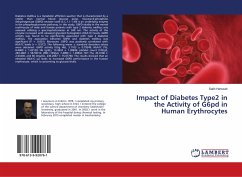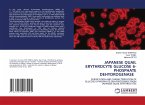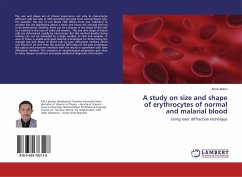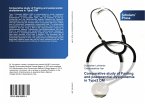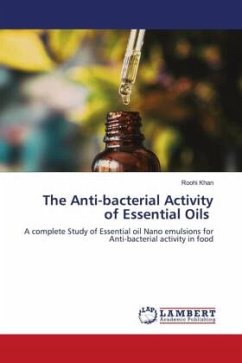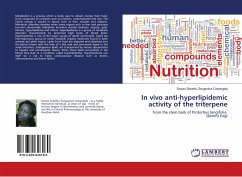Diabetes mellitus is a metabolic affliction saunter that is characterized by a nobler than normal blood glucose poise. Glucose-6-phosphate dehydrogenase (G6PD) enzyme code (E.C.1.1.1.49) is an underlying enzyme in the phosphogluconate pathway. In this study, G6PD vitality in the mortal erythrocyte of male and female patients with type 2 diabetes mellitus was assessed utilizing a spectrophotometer at 340 nm. The activity of the enzyme increased with elevated glycated hemoglobin (HbA1C) levels. G6PD activity was found to be significantly associated with type 2 diabetes mellitus. The association between G6PD and diabetes mellitus was significant (P 0.001). Moreover, G6PD was positively correlated with HbA1C levels (r = 0.572). The following mean ± standard deviation values were obtained: G6PD activity (IU/g Hb), 3.1103 ± 0.79349; HbA1C (%), 8.6600 ± 1.63120; Hb (g/dL), 13.4933 ± 1.38836; platelet count (103/mil), 283.4667 ± 58.59312; WBC (103/mil), 7.4890 ± 1.49842; HCT (%), 45.0100 ± 2.63430; and BS (mg/dL), 230.2667 ± 75.67760. The results showed that an elevated HbA1C up leads to increased G6PD performance in the human erythrocyte, which is concerning to glucose levels.

